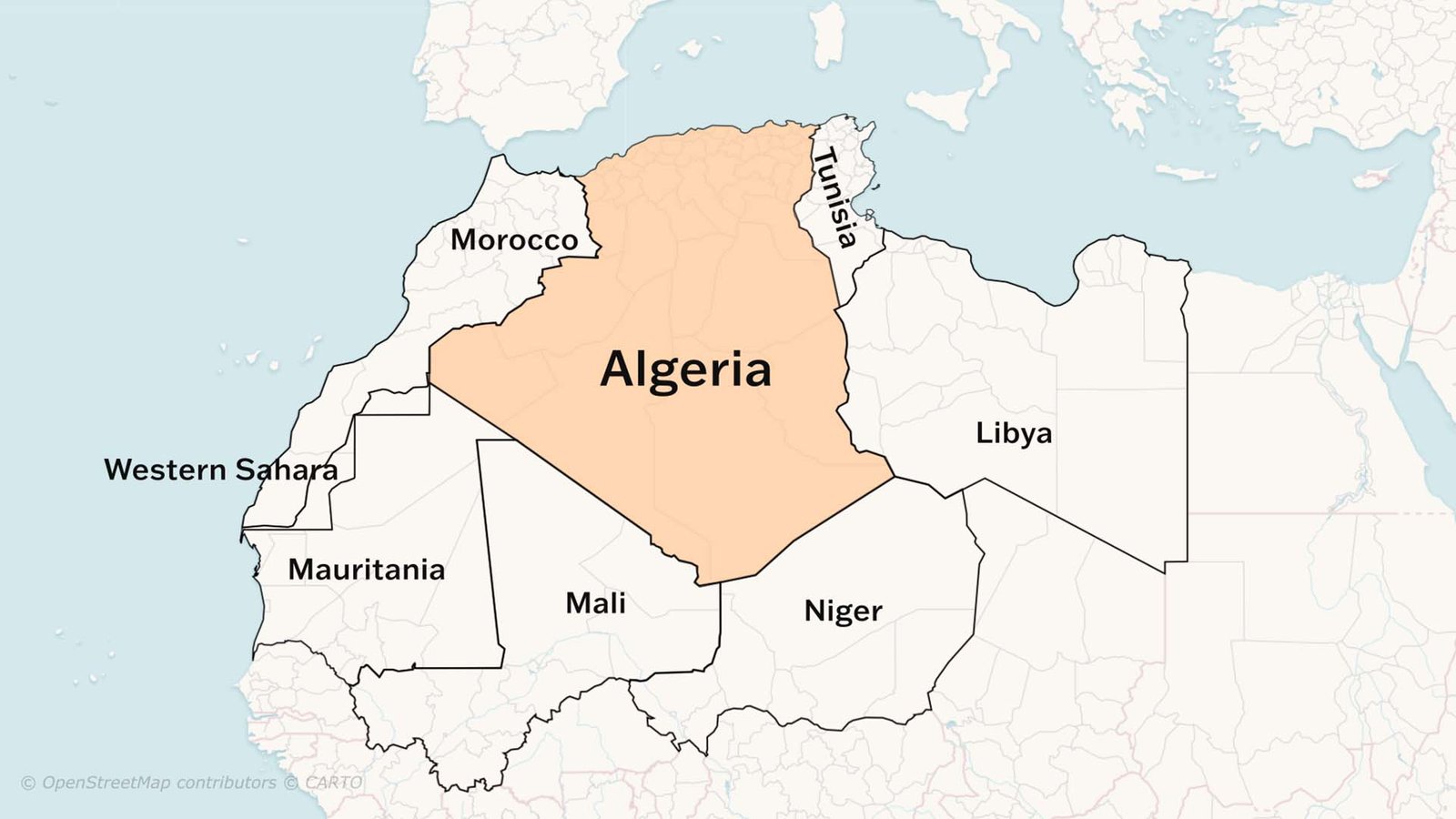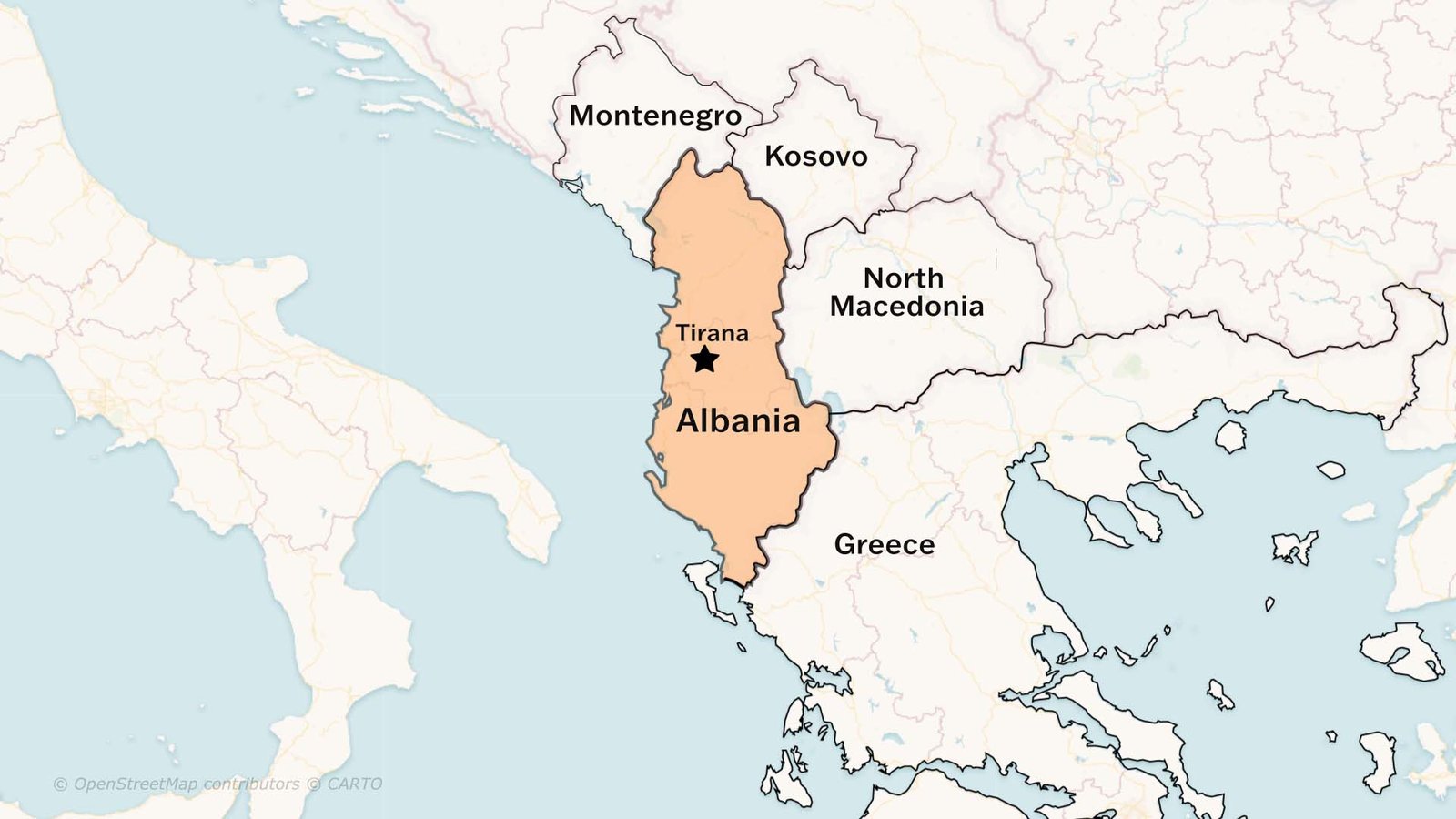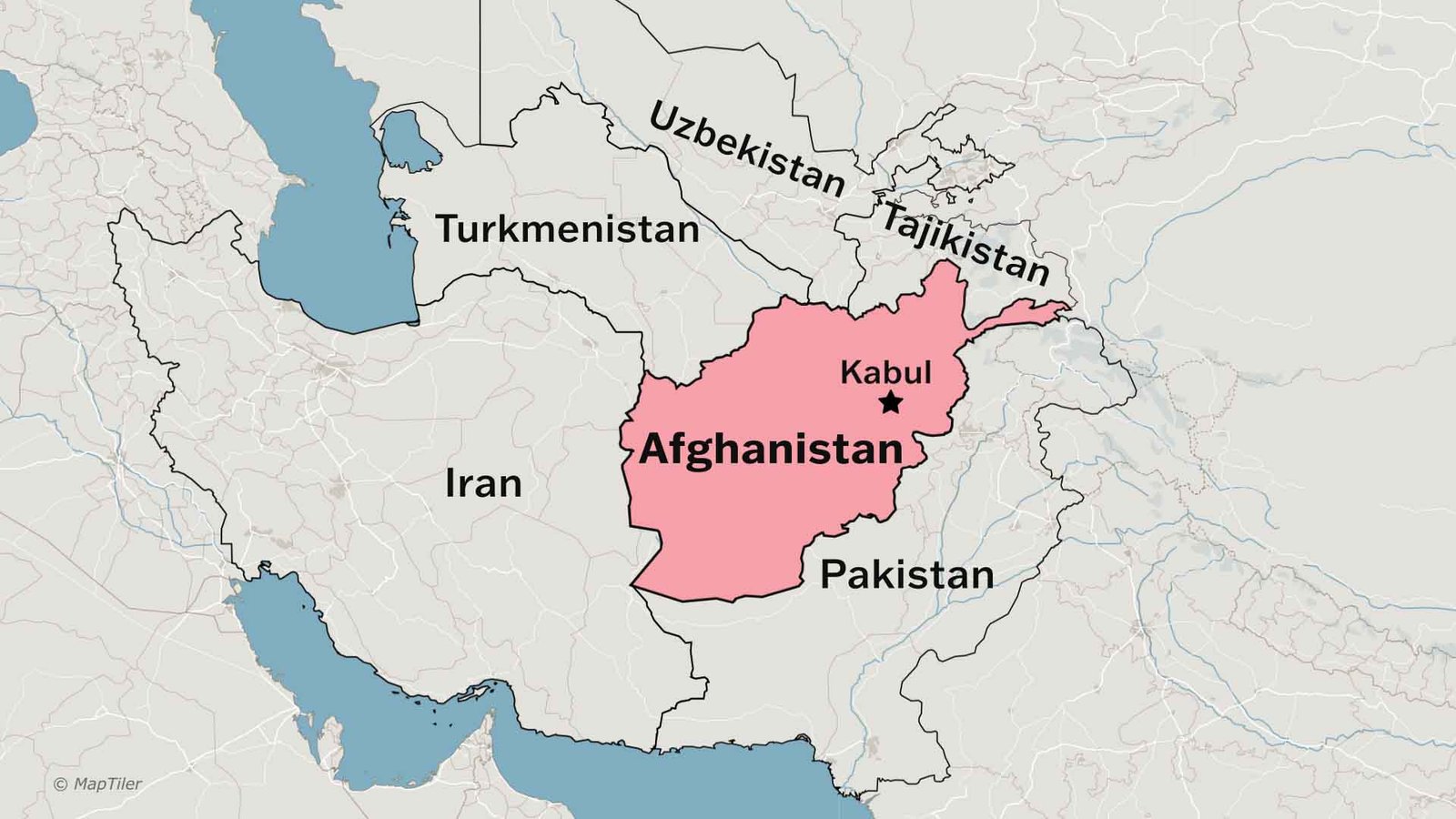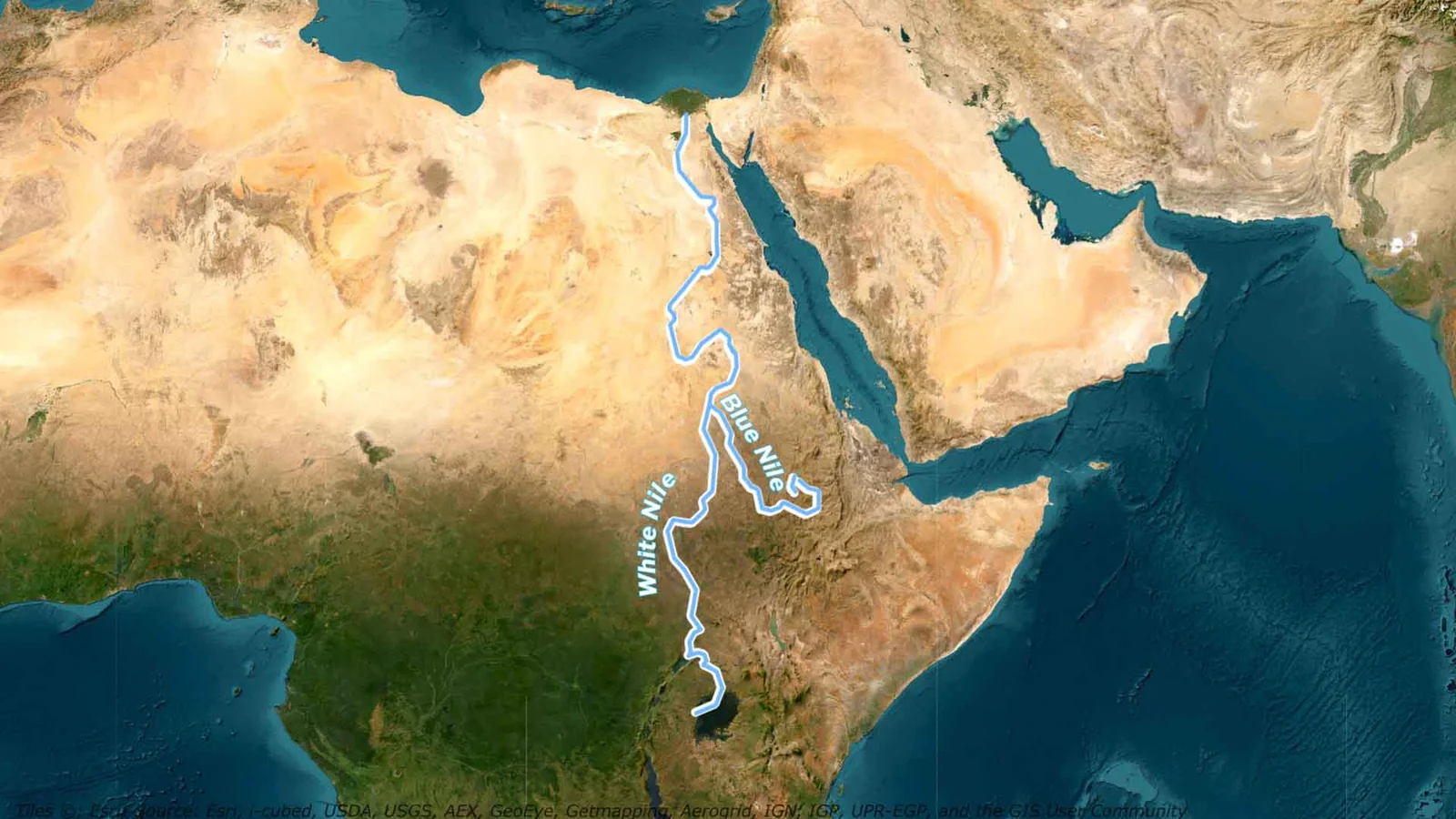The Himalayas stand as a majestic testament to Earth’s dynamic forces, shaping geography, climate, and culture. They are not just mountains; they are nature’s great divide, a cradle of rivers, and a guardian of biodiversity. In this post, we will focus on the physiographic divisions of the Himalayas.
Geographically speaking, the Himalayas consist of a series of parallel mountain ranges located in northern India. These mountains are tectonic in origin and are dissected by fast-flowing rivers in the youthful stage of mountains itself creating beautiful landscapes like gorges, v-shaped valleys, rapids, waterfalls and so on.
The Himalayas are divided into five main divisions from north to south, namely:
- The Trans-Himalaya or Tethys Himalaya or Tibetan Himalaya
- The Greater Himalayas Inner Himalayas or Himadri
- The Lesser Himalaya
- The Shiwaliks (or Outer Himalaya)
- The Eastern Hills (or Purvanchal)
This structure highlights their unique geographical and ecological characteristics.
The Trans Himalayas
The average elevation of the Trans-Himalayan ranges is about 3,000 meters above mean sea level. These ranges are typically around 40 kilometres wide, but in the central part, the width can extend up to 225 kilometres. This division, also known as the Tethys Himalaya, contains significant sediments from the ancient Tethys Sea, with rock fossils of marine origin.
Interestingly, these ranges are also called the Tibetan Himalayas due to their location.
The major ranges in this division include the Zanskar, Ladakh, Kailas, and Karakoram. The Indus River originates from the northern slopes of the Kailas range. The Karakoram Range, also known as the Krishnagiri Range, is the northernmost range. It is home to K2, also known as Godwin-Austen, which stands at 8,611 meters and is the second-highest peak in the world.
The Greater Himalayas
Also known as the Inner Himalaya, Himadri, or Central Himalaya, the Greater Himalayas have an average elevation of about 6,100 meters above sea level and an average width of about 25 kilometres. This mountain range abruptly terminates at the syntaxial bends in a southward direction. The western syntaxial bend occurs near Nanga Parbat, while the eastern syntaxial bend occurs near Namcha Barwa.
The Greater Himalayas are well known for their mountain passes, which are generally higher than 4,570 meters above sea level and remain covered in snow for most of the year.
Some important mountain passes in this range are –
- Burzil Pass and Zoji la in Jammu and Kashmir
- Bara Lacha La and Shipki La in Himachal Pradesh
- Niti Pass and Lipu Lekh in Uttarakhand
- Nathu La and Jelep La in Sikkim
Now let us shift our focus to The Lesser Himalayas
The Lesser Himalayas
Also known as the Middle Himalayas or Himachal, this range lies between the Shiwaliks and the Greater Himalayas, running almost parallel to both. Sometimes referred to as the Lower Himalayas, these ranges are 60–80 km wide and approximately 2,400 km long, with elevations ranging from 3,500 to 4,500 meters. The steep slopes of the Lower Himalayas are densely forested.
These ranges are more hospitable to humans and are home to some of the most popular hill resorts, such as Shimla, Mussoorie, Nainital, and Darjeeling.
Regionally, important mountain ranges include:
- The Pir Panjal Range in Jammu and Kashmir is located to the south of the Kashmir Valley.
- Dhaula Dhar is in Himachal Pradesh, Mussoorie and Nag Tibba are in Uttarakhand, and Mahabharat Lekh is in Nepal.
Some important passes in this region are as follows:
- Pir Panjal Pass: Also known as Pir ki Gali, it is a historic trade route in the Pir Panjal Range, connecting Kashmir Valley with the southern regions.
- Banihal Pass: A vital pass linking the Kashmir Valley with the Jammu region, now bypassed by the Jawahar Tunnel for modern transportation.
- Rohtang Pass connects the Kullu Valley with the Lahaul and Spiti Valleys in Himachal Pradesh.
Read now: Geography of River Nile
The Outer Himalayas
Also known as the Shivaliks, these ranges were the last to form among the Himalayan ranges. The Shivaliks are located between the Great Plains and the Lesser Himalayas, with elevations ranging from 600 to 1,500 meters. They span approximately 2,400 kilometers in length, similar to the Lesser Himalayas, extending from the Potwar Plateau in the west to the Brahmaputra Valley in the east.
The southern slopes are steep, while the northern slopes are gentle. The width of the Shivaliks varies significantly, from about 50 kilometres in Himachal Pradesh to less than 15 kilometres in Arunachal Pradesh. The ranges receive more rainfall in the Northeast, resulting in dense forests there, whereas the southern slopes in Punjab and Himachal Pradesh have little to no forest cover.
The Shivaliks are known by different names in various regions:
- Jammu Hills in Jammu
- Dhang and Dundwa in Uttarakhand
- Churia Ghat in Nepal
- Dafla, Miri, Abor, and Mishmi Hills in Arunachal Pradesh
The Darjeeling and Sikkim Himalayas
The Arunachal Himalayas
Watch now on YouTube:







